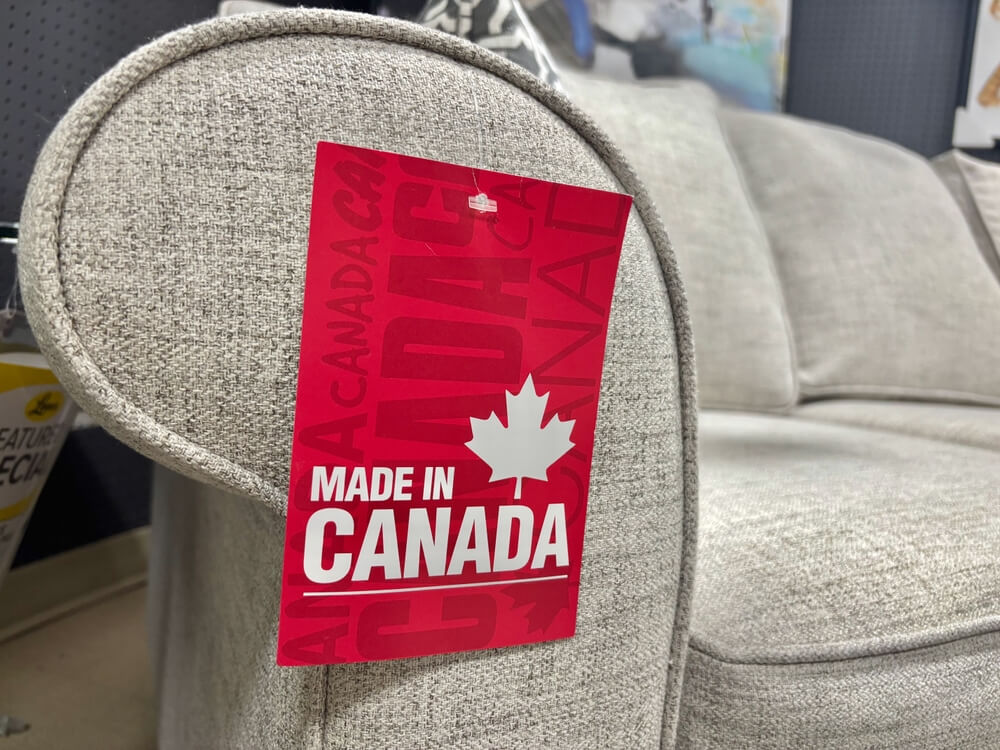
If you are not redirected within 30 seconds, please click here to continue.
Samedi: 10h – 16h HAE

If you are not redirected within 30 seconds, please click here to continue.
If you are not redirected within 30 seconds, please click here to continue.
2 Methods to Prioritize Your Debts

Table of Contents
Are you drowning in debt? You’re not alone. With the debt-to-income ratio near a record high, many Canadians are taking advantage of record-low borrowing costs by overindulging in personal debt. Personal debt comes in many forms – car loans, credit cards, lines of credits and home equity lines of credit, to name a few. Whether you’re in debt to the tune of $5,000 or $30,000, it’s important to make a game plan to get your debt under control.
Method 1: Debt Snowball
If you’ve ever built a snowman, you’ll have a basic understanding of how the debt snowball method works. When you’re only paying the minimum, it can seem like you’re barely making a dent in your outstanding debt. It could take you years and cost you thousands in interest by only paying the minimum.
With the debt snowball method, instead of trying to pay off all your debt at the same time, you’d focus on paying off the smallest debt first. Of course, you don’t want to default on your other debt, so you’d still continue to make the minimum payments on your other outstanding debt. Similar to rolling a snowball down a hill, you’ll gain momentum as you start to pay off debt and reach closer to debt freedom.
The debt snowball method works best when you owe debt at similar interest rates. For example, if you owe $2,000 on your MasterCard, $3,000 on your Visa and $4,000 on your American Express at comparable interest rates, you’d focusing on paying down your MasterCard, while making the minimum paying on the other two. After that, you’d tackle paying off your Visa, before paying off your American Express.
Method 2: The High-Interest Approach
The high-interest approach works best if you owe various forms of debt at different interest rates. With this method, you focus on paying off the debt with the highest interest rate. Mortgages are typically a cheap form of debt because they’re backed by a rock-solid investment in your home, while credit card debt is usually the most expensive and lines of credit fall somewhere in between.
Instead of paying each type of debt off equally, you’d funnel your free cash flow towards the highest interest debt. For example, if you have a $300,000 mortgage at 3 percent, $20,000 on a line of credit at 7 percent, and an outstanding balance of $5,000 on your credit card at 19.99 percent, you’d focus on paying off your credit card first.
If you owe a lot of high-interest debt, it’s worth considering a consolidation loan. With a consolidation loan, not only will you save money with a lower interest rate, you’ll be debt-free sooner.
Get money-saving tips in your inbox.
Stay on top of personal finance tips from our money experts!










